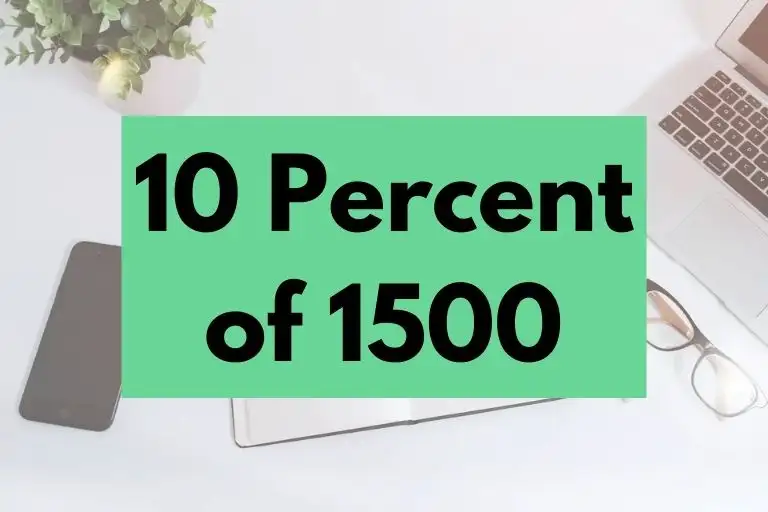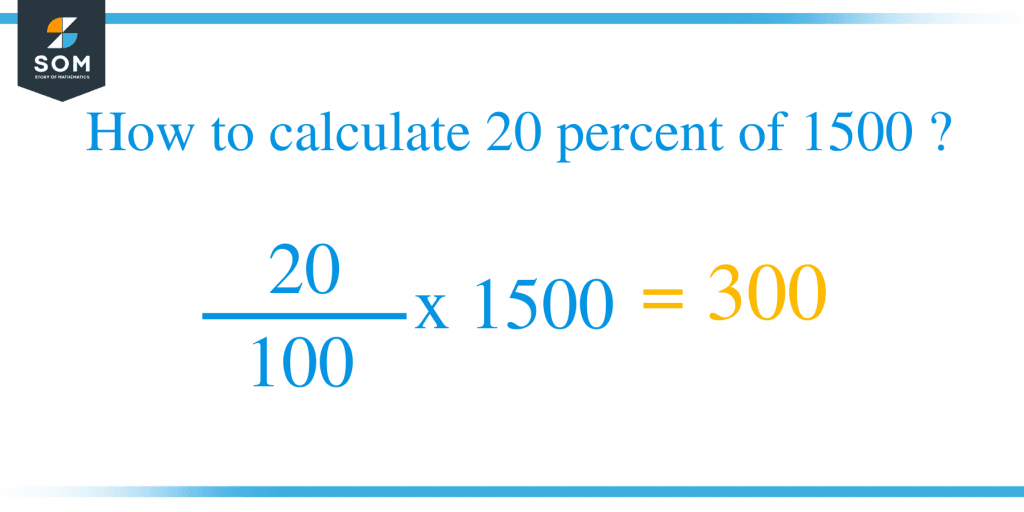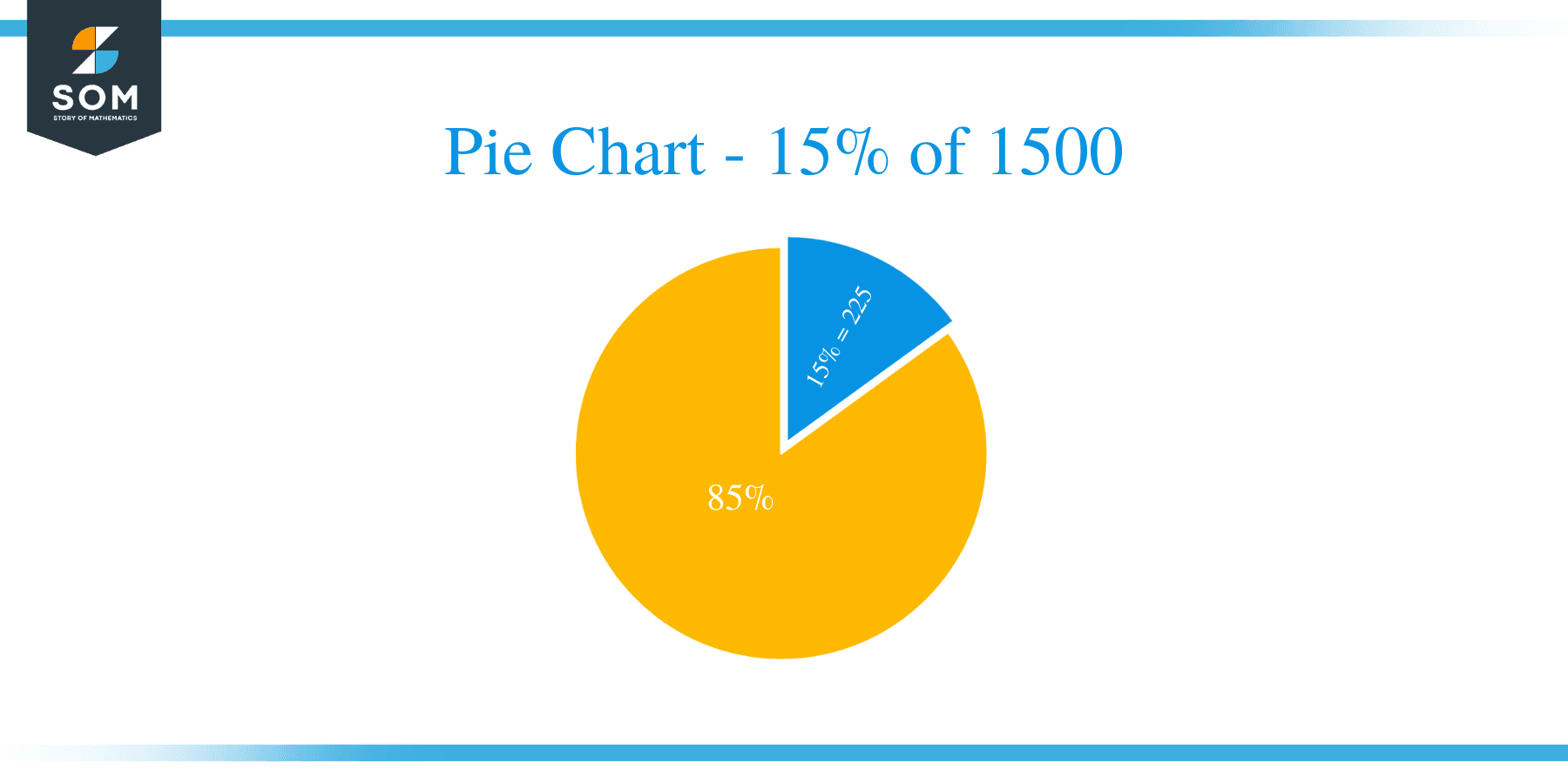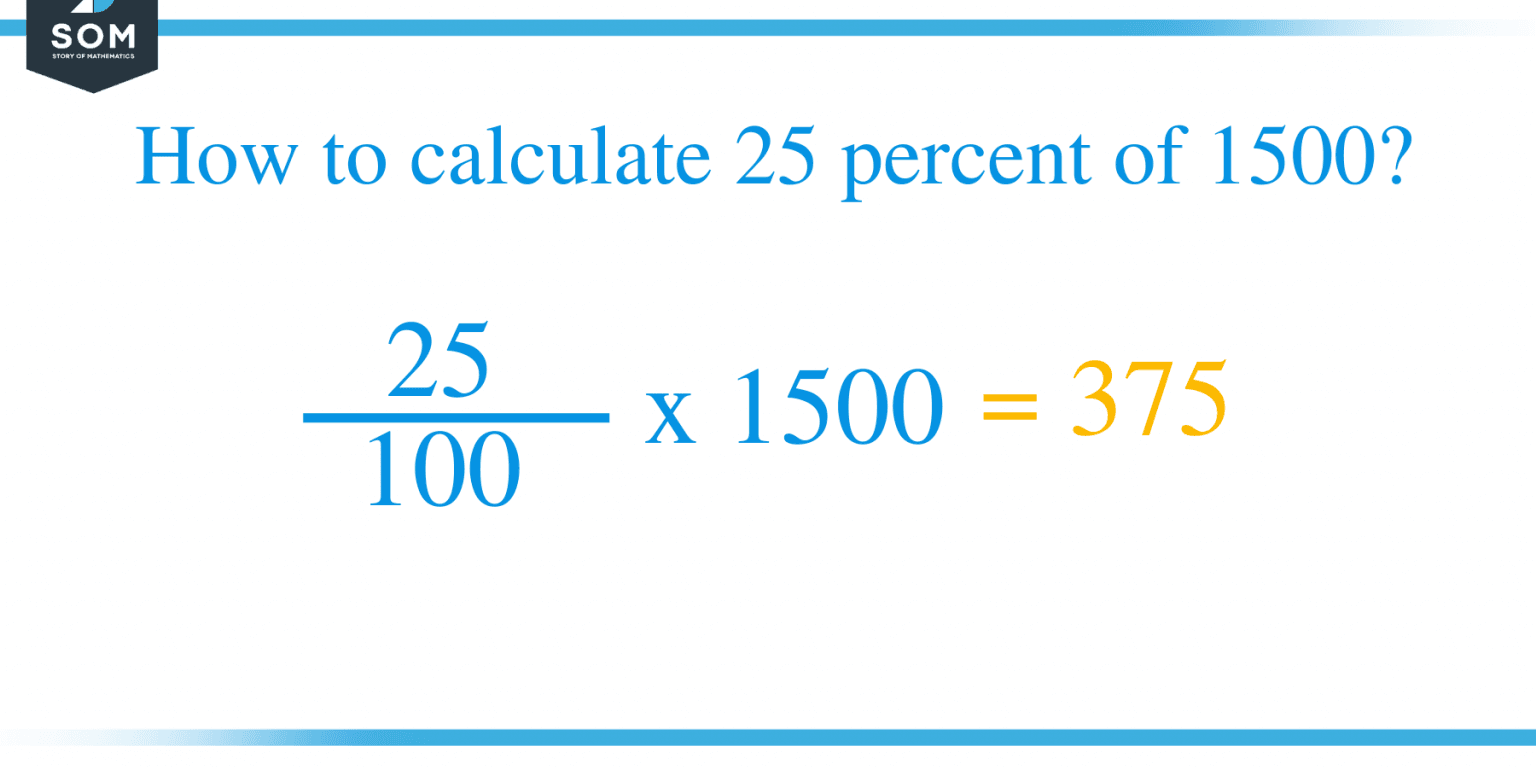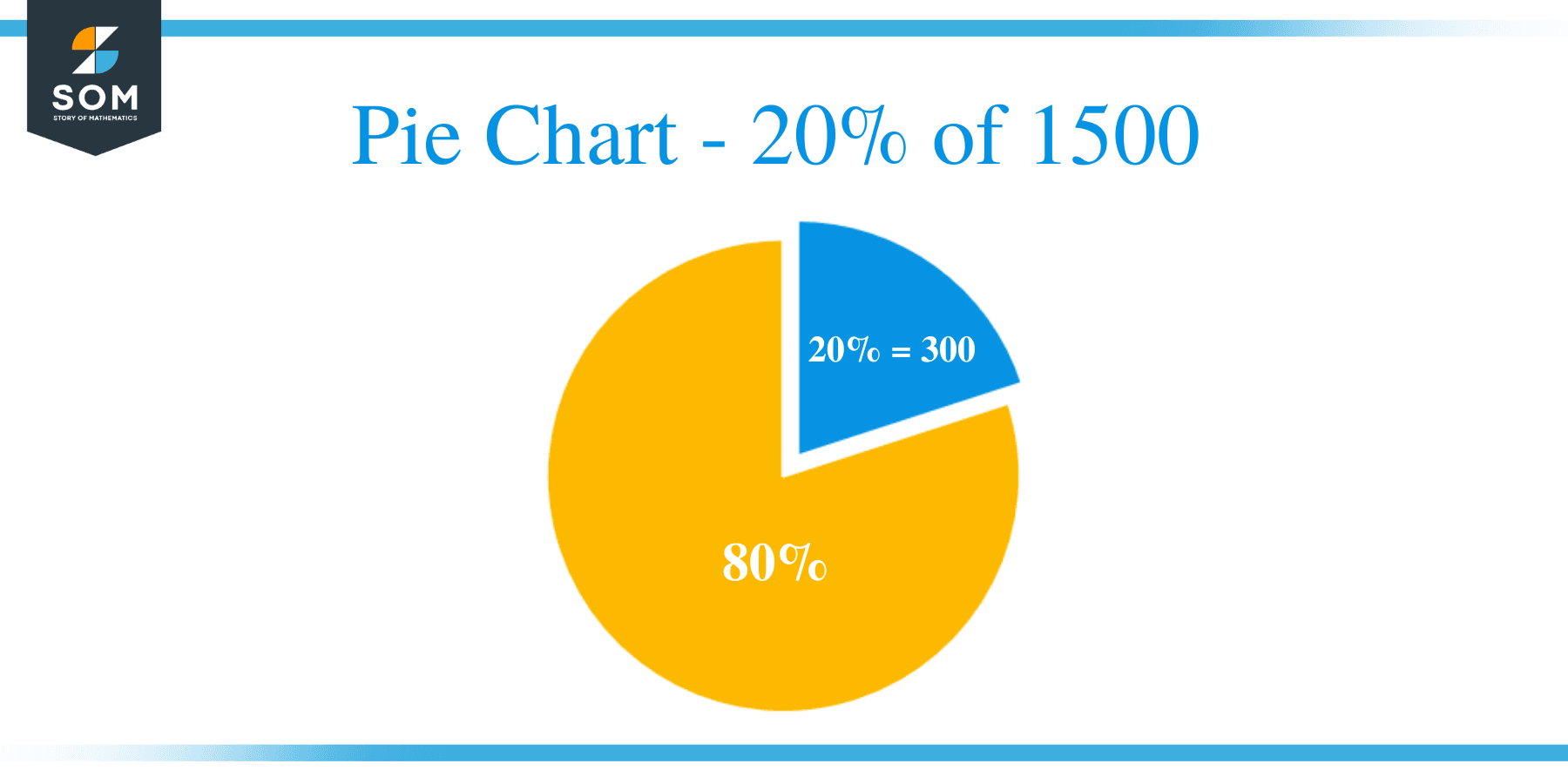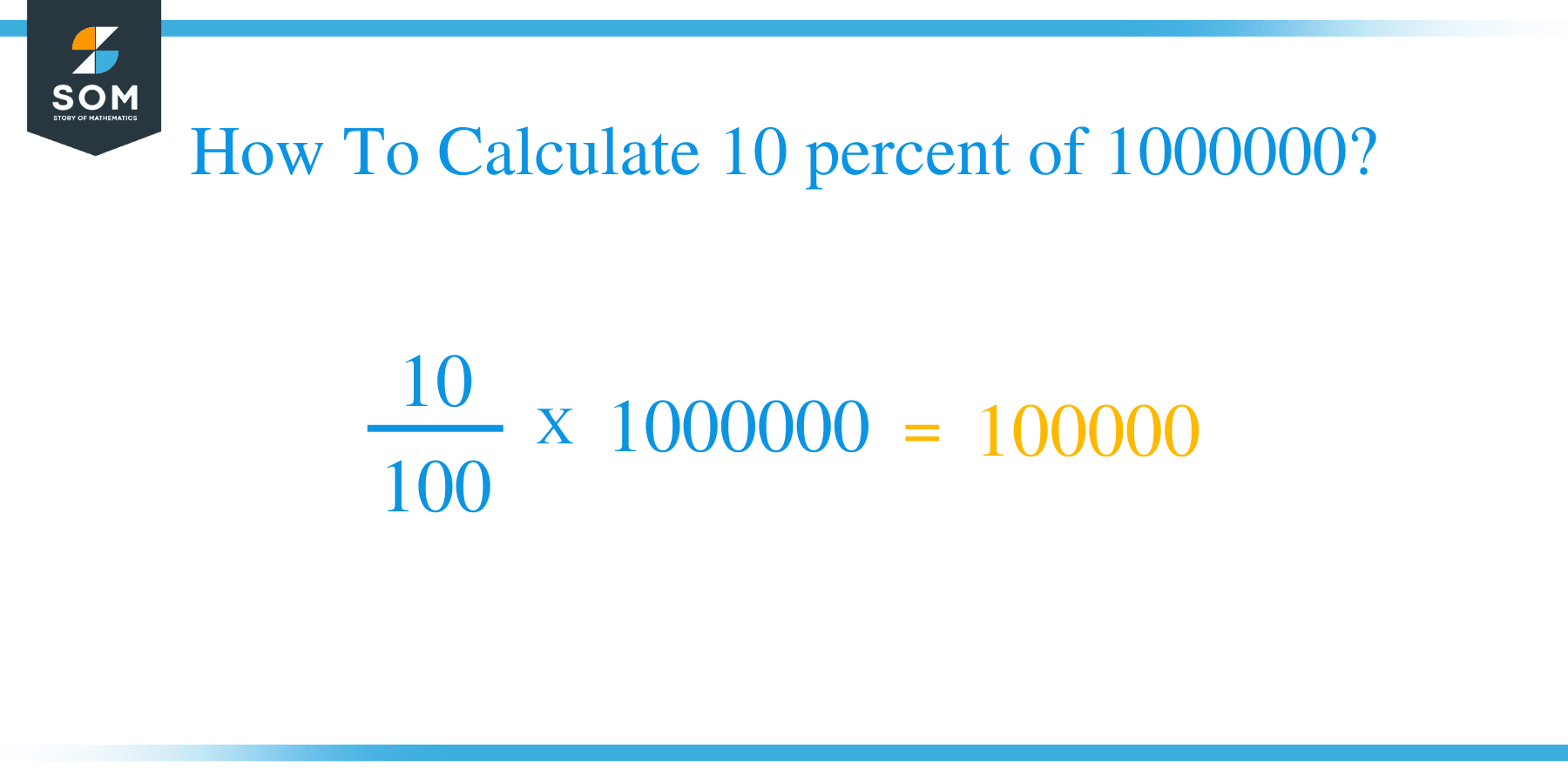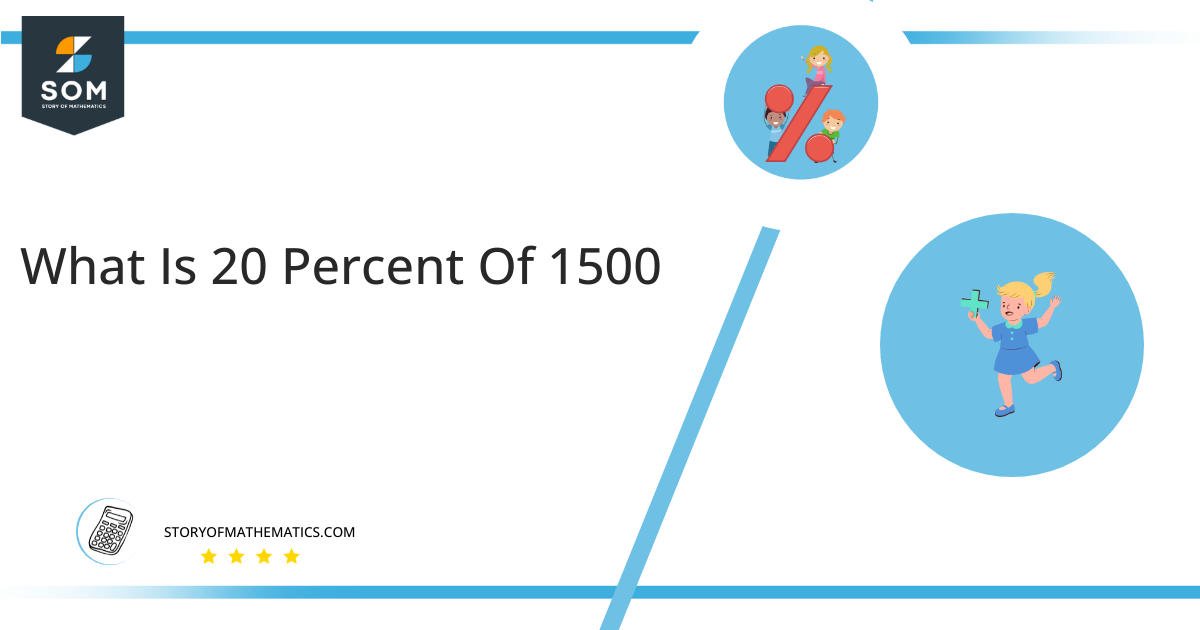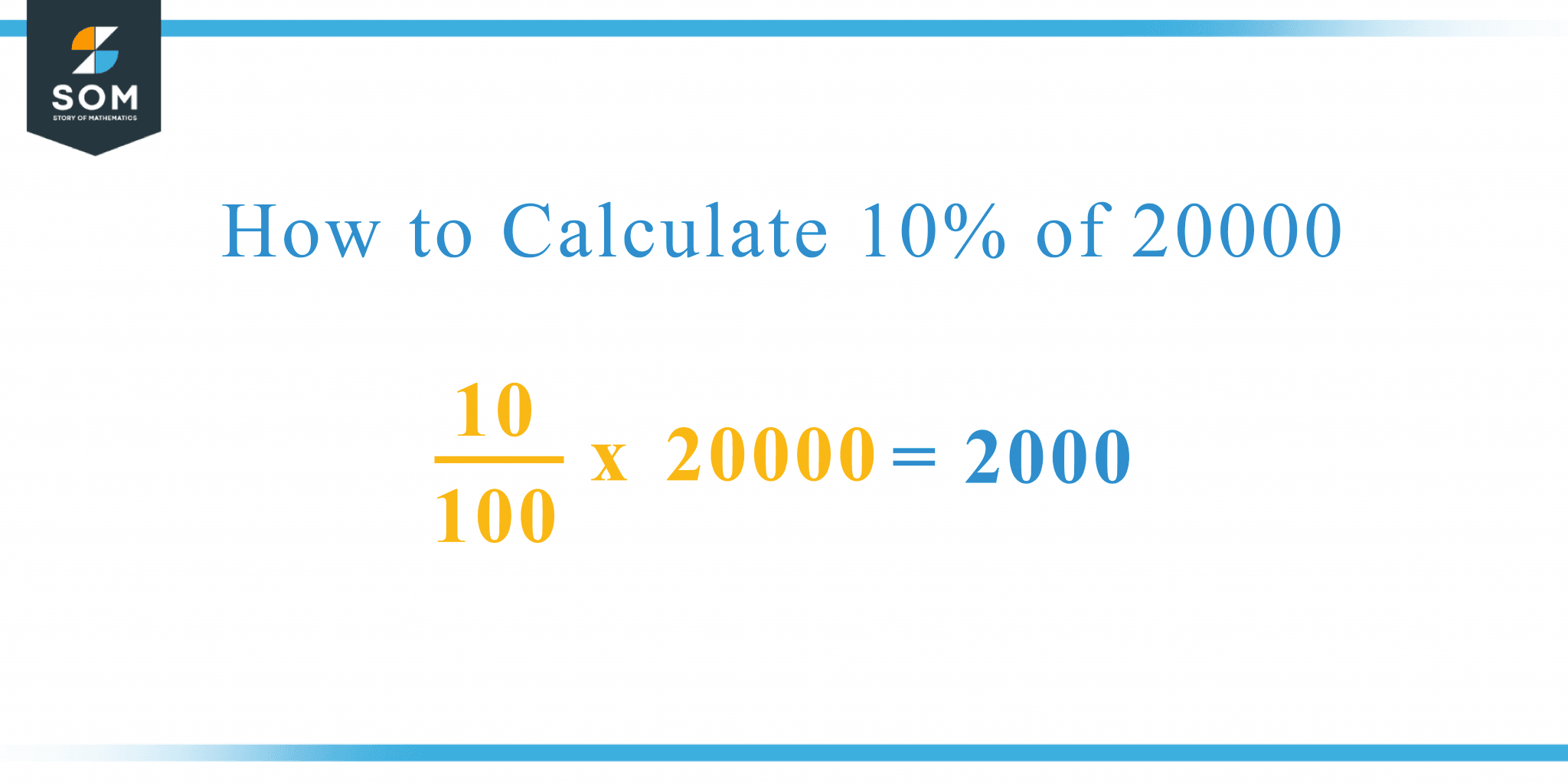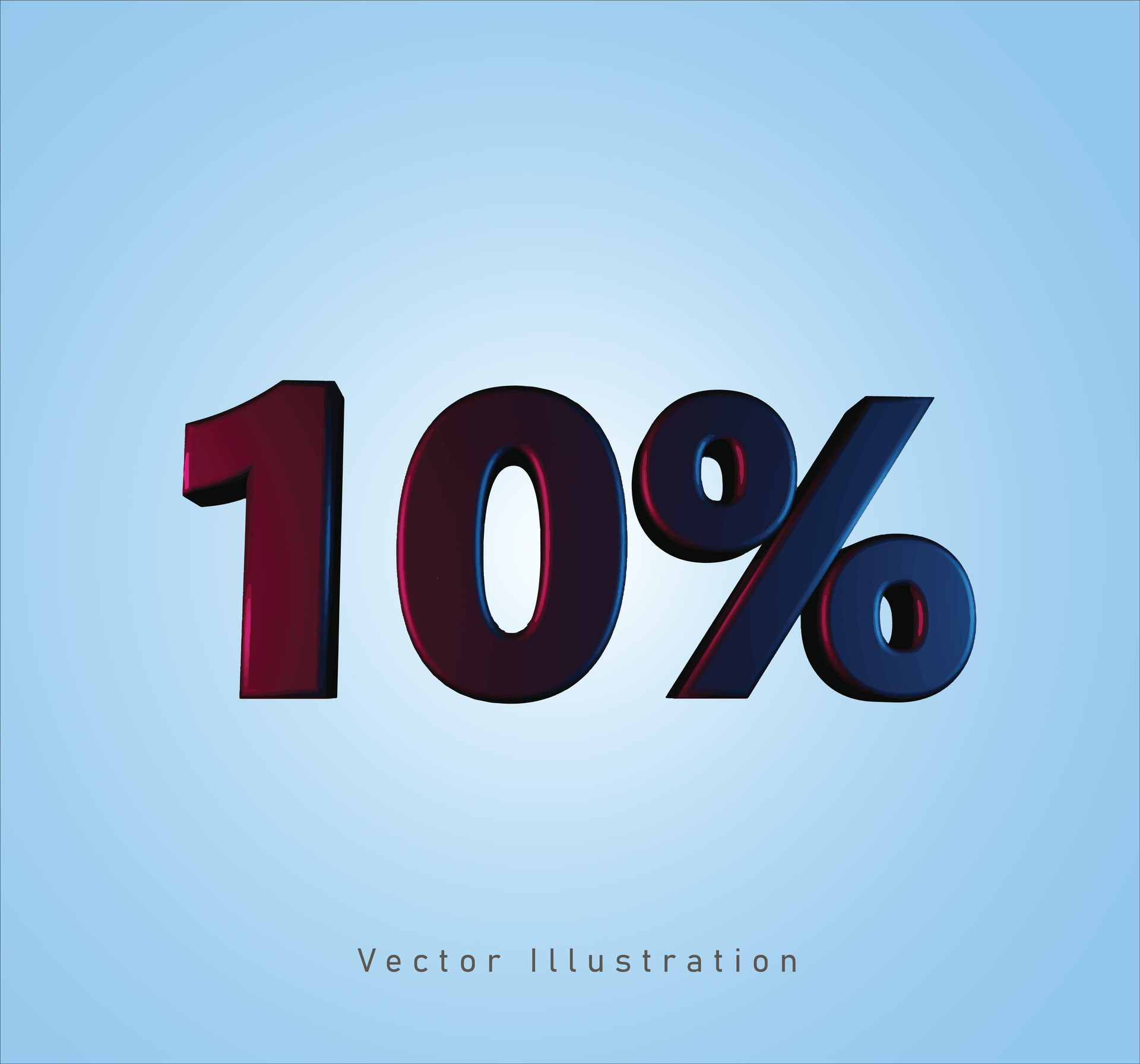What Is 10 Percent Of 1500

The seemingly simple question, "What is 10 percent of 1500?" has recently become a surprisingly pervasive query online, sparking widespread discussion and demonstrating the continued importance of basic mathematical literacy in everyday life and digital interactions.
The ubiquity of this question highlights a broader issue: the varying levels of mathematical proficiency within the population and the reliance on digital tools for even fundamental calculations. While the answer, 150, may seem obvious to many, the frequency with which it's being asked suggests a need for renewed emphasis on mathematical fundamentals.
The Core Calculation: Unpacking 10 Percent of 1500
At its heart, the question is a straightforward percentage calculation. Percentage, meaning "out of one hundred," allows us to express a fraction or ratio as a proportion of 100. Finding 10% of any number involves multiplying that number by 0.10 (or dividing by 10).
Therefore, calculating 10% of 1500 can be achieved by either multiplying 1500 by 0.10 or dividing 1500 by 10. Both methods yield the same result: 150.
Why Is This Question Trending?
The reasons behind the question's prevalence are multifaceted. One potential explanation is the increased accessibility of online search engines and calculators. Instead of performing mental math, individuals are turning to technology for even the simplest calculations.
Another contributing factor might be the context in which the question arises. For example, individuals might be calculating discounts, tips, or taxes, and using search engines to quickly confirm their calculations.
The ease of access to information can sometimes overshadow fundamental skills. People often prefer to use quick search queries to solve problems instead of recalling and applying basic mathematical principles. This can lead to a decline in mental math abilities.
Significance and Implications
The unexpected prominence of this question underscores the importance of mathematical literacy across all demographics. The ability to calculate percentages is vital for various aspects of life, from managing finances to understanding statistical data.
Financial Literacy benefits greatly from a solid grasp of percentage calculations. Whether figuring out discounts, sales tax, or interest rates, this ability is crucial to making informed financial decisions.
Understanding percentages is also critical for interpreting data presented in reports, news articles, and scientific studies. It allows individuals to make sense of statistics and draw meaningful conclusions.
Expert Opinions
According to Dr. Anya Sharma, a professor of mathematics education at the University of California, Berkeley, "The reliance on digital tools for basic calculations is a trend we've observed for some time. While technology can be a valuable asset, it's crucial to ensure that individuals retain fundamental mathematical skills."
Dr. Sharma further emphasized that "a strong foundation in math empowers people to solve problems independently and make sound judgments in everyday situations."
The National Council of Teachers of Mathematics (NCTM) also emphasizes the importance of conceptual understanding in mathematics education. They advocate for teaching methods that promote critical thinking and problem-solving, rather than rote memorization.
Beyond the Calculation: A Human-Interest Angle
One could imagine a scenario where a student struggles to understand the concept of percentages, leading them to seek help online. This highlights the challenges some individuals face in mastering basic math concepts and the need for accessible resources and support.
Furthermore, the question's popularity can spark constructive conversations about mathematics education and the importance of fostering a positive attitude towards math learning. Encouraging students to embrace challenges and seek help when needed can contribute to their success.
It underscores the need for creating inclusive learning environments where students feel comfortable asking questions and exploring different approaches to problem-solving. The goal is to cultivate curiosity and a lifelong love of learning.
Conclusion
While the question "What is 10 percent of 1500?" may seem trivial, its unexpected popularity serves as a reminder of the continued importance of mathematical literacy and the need for accessible educational resources. It highlights how technology can be both a valuable tool and a potential crutch, and emphasizes the necessity of fostering fundamental skills.
The incident prompts us to rethink the role of mathematical competence in contemporary society. It should act as a catalyst for improving math education and encouraging a deeper understanding of fundamental mathematical concepts.
Ultimately, the goal should be to empower individuals with the tools and knowledge they need to navigate the world with confidence and make informed decisions based on sound mathematical reasoning.
![What Is 10 Percent Of 1500 What is 10 Percent of 1500? = 150 [With 2 Solutions]](https://timehackhero.com/wp-content/uploads/2024/01/What-is-10-Percent-of-1500-150-With-2-Solutions.png)

